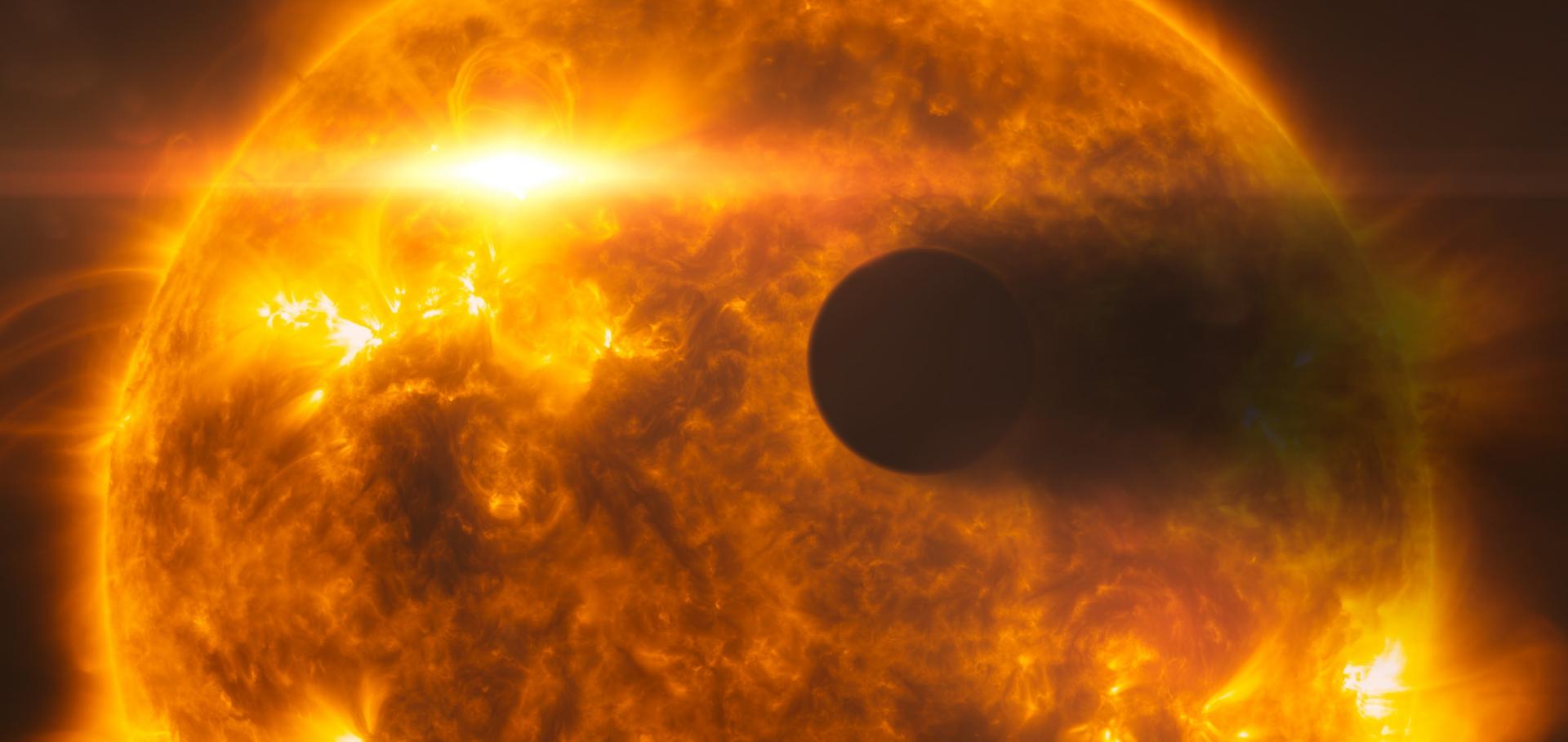Transiting exoplanets from the CoRoT space mission VIII. CoRoT-7b: the first Super-Earth with measured radius
(2009)
Spin-orbit misalignment in the HD 80606 planetary system
Astronomy and Astrophysics 502:2 (2009) 695-703
Abstract:
We recently reported the photometric and spectroscopic detection of the primary transit of the 111-day-period, eccentric extra-solar planet HD 80606b, at Observatoire de Haute-Provence, France. The whole egress of the primary transit and a section of its central part were observed, allowing the measurement of the planetary radius, and evidence for a spin-orbit misalignment through the observation of the Rossiter-McLaughlin anomaly. The ingress not having been observed for this long-duration transit, uncertainties remained in the parameters of the system. We present here a refined, combined analysis of our photometric and spectroscopic data, together with further published radial velocities, ground-based photometry, and Spitzer photometry around the secondary eclipse, as well as new photometric measurements of HD 80606 acquired at Mount Hopkins, Arizona, just before the beginning of the primary transit. Although the transit is not detected in those new data, they provide an upper limit for the transit duration, which narrows down the possible behaviour of the Rossiter-McLaughlin anomaly in the unobserved part of the transit. We analyse the whole data with a Bayesian approach using a Markov-chain Monte Carlo integration on all available information. We find Rp = 0.98 ± 0.03Rjup for the planetary radius, and a total primary transit duration of 11.9 ± 1.3 h from first to fourth contact. Our analysis reinforces the hypothesis of spin-orbit misalignment in this system (alignment excluded at >95% level), with a positive projected angle between the planetary orbital axis and the stellar rotation (median solution λ. ∼ 50°). As HD 80606 is a component of a binary system, the peculiar orbit of its planet could result from a Kozai mechanism. ©ESO 2009.Accuracy of stellar parameters of exoplanet-host stars determined from asteroseismology
(2009)


